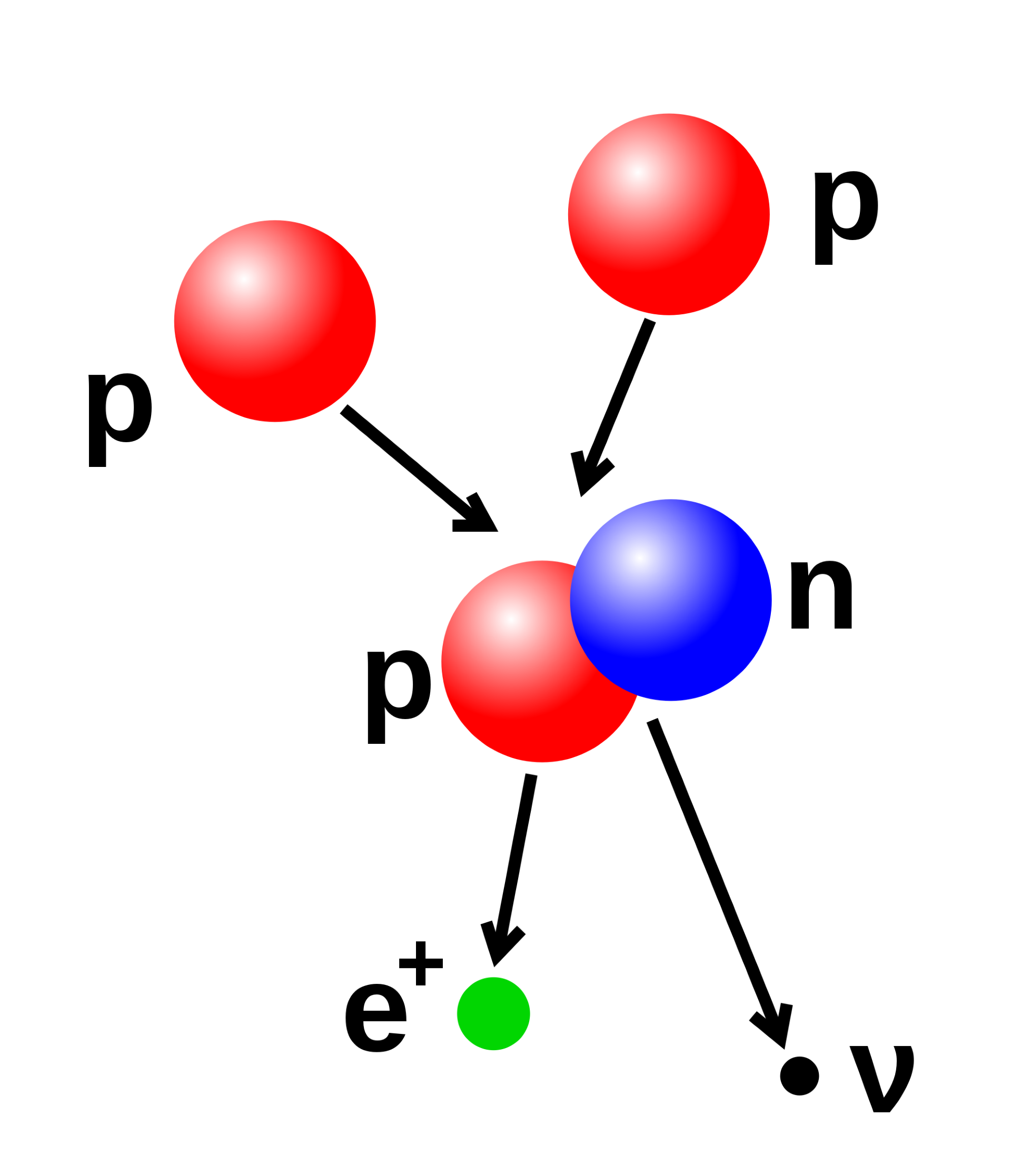
SuperTIGER's first flight lasted for 55 days, a record in duration for an Antarctic long duration scientific balloon payload.


SuperTIGER is a cosmic-ray balloon instrument measuring cosmic-rays heavier than iron to explore the source of cosmic rays and their acceleration sites. SuperTIGER hanging from the launch vehicle just before its December 2012 launch with Mount Erebus in the background. This includes elements lighter than iron, which are produced in stars, and heavier elements that are produced in violent conditions, such as a supernova at the end of a massive star's life. To tell the isotopes apart involves, in effect, weighing each atomic nucleus that enters the cosmic ray detector.Īll of the natural elements in the periodic table are present in cosmic rays. Harder to measure, but a better fingerprint, is the isotopic composition (nuclei of the same element but with different numbers of neutrons). What are they made of? What fraction are electrons? protons (often referred to as hydrogen nuclei)? helium nuclei? other nuclei from elements on the periodic table? Measuring the quantity of each different element is relatively easy, since the different charges of each nucleus give very different signatures. One way we learn about cosmic rays is by studying their composition. (Credit: NASA's Goddard Space Flight Center)

Light travels to us straight from their sources, as shown by the purple path. We can't trace them back to their sources. By the time the particles reach us, their paths are completely scrambled, as shown by the blue path. Because cosmic rays carry electric charge, their direction changes as they travel through magnetic fields.


 0 kommentar(er)
0 kommentar(er)
